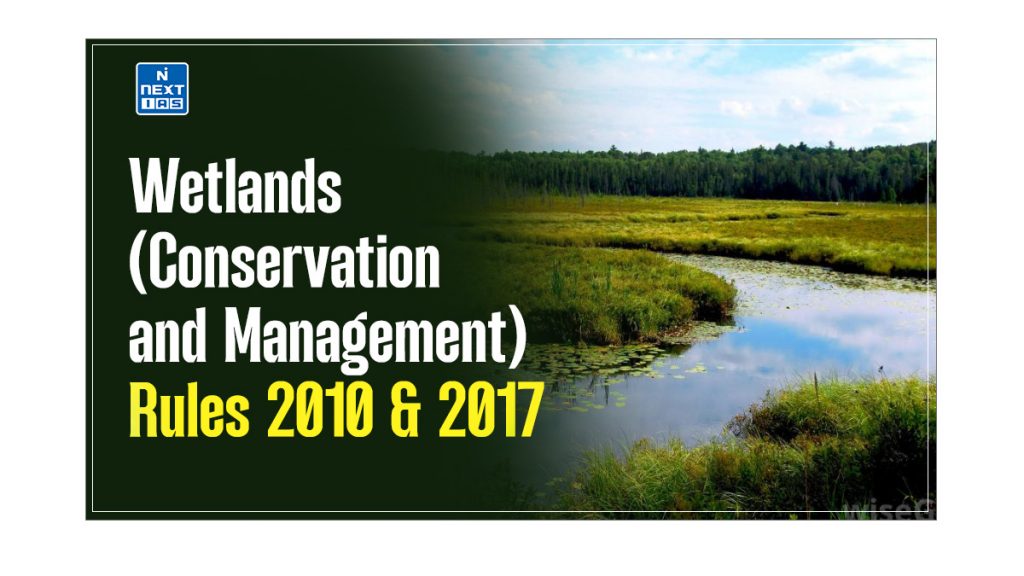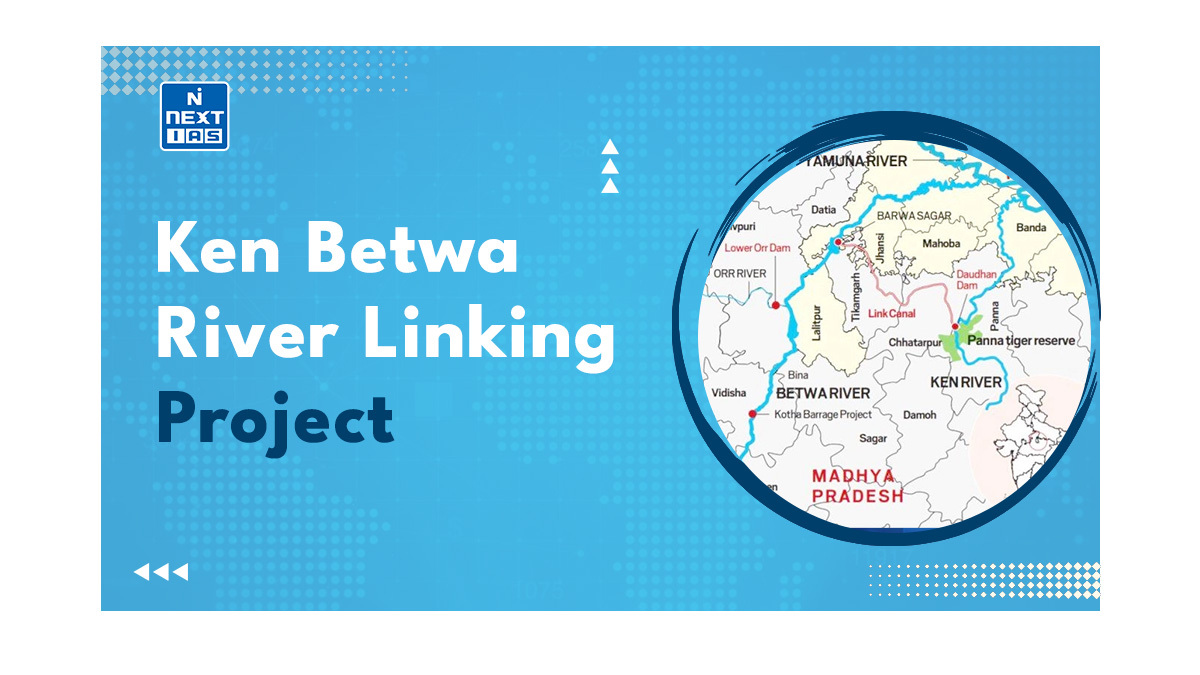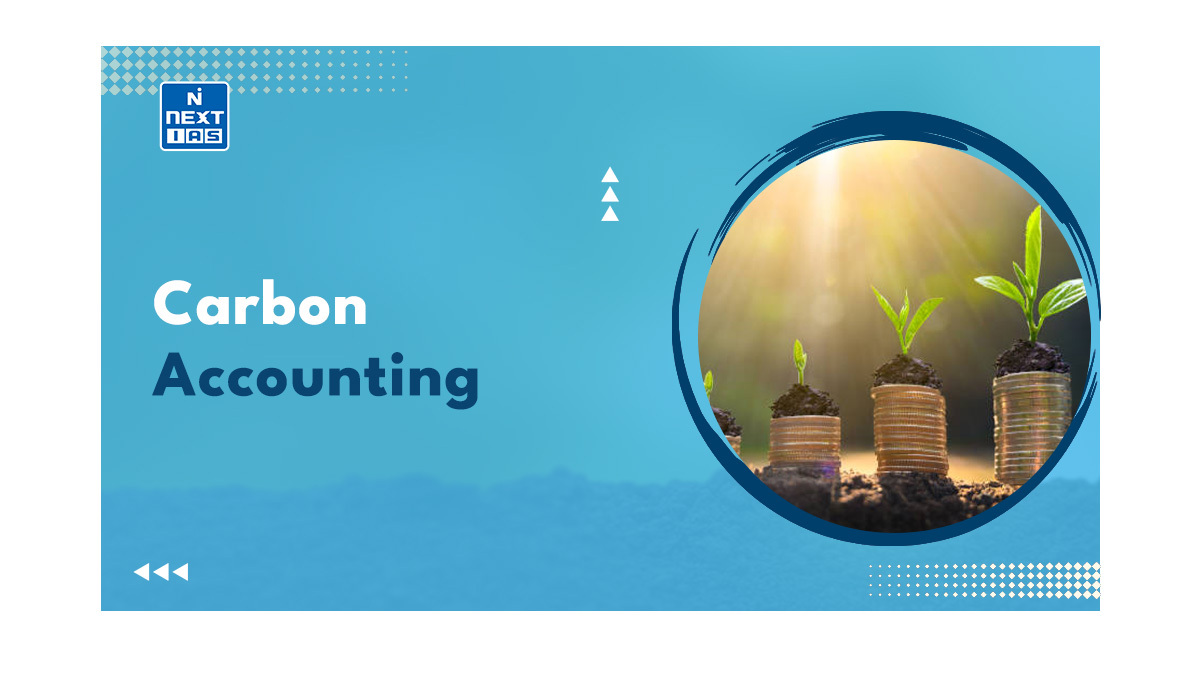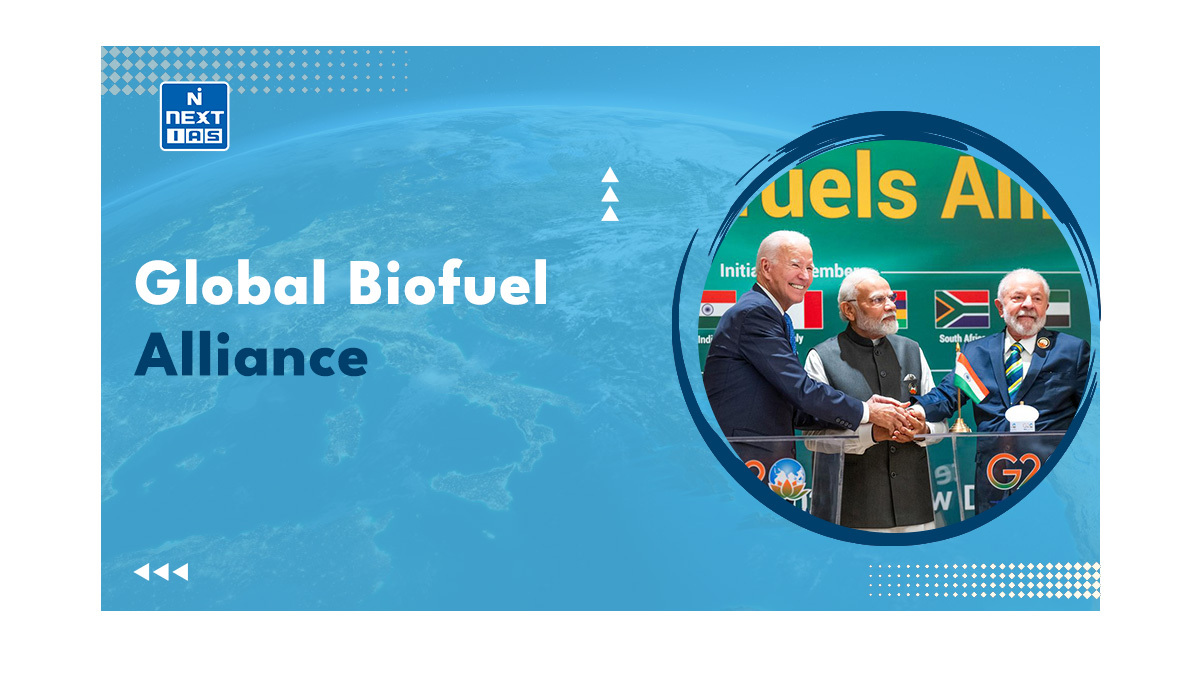
The Wetlands (Conservation and Management) Rules 2010 & 2017 are critical tools for India to manage its crucial wetlands in a sustainable manner. They have played a pivotal role in ensuring the dual goal of protecting fragile wetland ecosystems and ensuring sustainable development. This article aims to study in detail the Wetlands (Conservation and Management) Rules 2010 & 2017, their needs, key provisions, benefits, challenges and other related aspects.
What are Wetland (Conservation and Management) Rules 2010 & 2017?
- Wetlands (Conservation and Management) Rules 2010 & 2017 are rules enacted by the Government of India under the Environment Protection Act, 1986, aimed at protecting and managing the country’s wetlands in a sustainable manner.
- The Wetlands (Conservation and Management) Rules 2010 were the first comprehensive regulatory framework for wetlands in India.
- Later, in order to address the lacunae of the 2010 Rules, the Wetlands (Conservation and Management) Rules 2017 was brought.
| What is a Wetland? – It refers to an area where water is the primary factor controlling the environment and the associated plant and animal life. – They occur in the areas where the water table is at or near the surface of the land or where the land is submerged under water. – Once treated as seral stages in succession or transitional habitats from open water to land, they are now recognised as distinct ecosystems with unique and specific ecological characteristics, functions and values. Note: Read our detailed article on Wetlands. |
Significance of Wetlands
The need for the protection of wetlands arises because of the crucial roles that they play in the ecosystem. Some of the prominent significance of wetlands are as follows:
- As ‘kidneys of landscape’, wetlands receive flows of water and waste from upstream sources.
- They help stabilise water supplies, cleanse polluted waters, recharge groundwater aquifers, and protect shorelines.
- Wetlands are often referred to as “biological supermarkets” due to their rich food chains and abundant biodiversity.
- Wetlands possess unique qualities as a cultural heritage of humanity, and are deeply intertwined with our beliefs and traditions.
- They are an important part of our natural wealth and ‘liquid assets’.
| Wetlands in India: Key Facts – There are around 115 wetlands that are officially identified by the Central Government. -> Of these, 75 are identified as wetlands of international importance under the Ramsar Convention, which is an international intergovernmental treaty for the conservation of wetlands. – India has been a party to the Ramsar Convention since 1982 and is committed to the Ramsar approach of wise use of wetlands. – Accordingly, India has framed Wetlands (Conservation and Management) Rules 2010 and 2017. |
Key Provisions of Wetlands (Conservation and Management) Rules 2010
These rules have been issued under the Environment Protection Act, 1986 to ensure that wetlands are properly managed and protected. Some key provisions of the Wetlands (Conservation and Management) Rules 2010 can be seen as follows:
- The Wetlands (Conservation and Management) Rules 2010 define the wetland areas that are recognised under the rules, including all the Ramsar sites among others.
- Accordingly, a ‘wetland’ means an area of marsh, fen, peat-land or water; natural or artificial, permanent or temporary, with water that is static or flowing, fresh, brackish or salty, including areas of marine water, the depth of which at low tide does not exceed six meters and includes all inland waters such as lakes, reservoir, tanks, backwaters, lagoon, creeks, estuaries and man-made wetland and the zone of direct influence on wetlands that is to say the drainage area or catchment region of the wetlands as determined by the authority.
- The Wetlands (Conservation and Management) Rules 2010 prohibit certain activities within the wetland areas, which include reclamation of wetland, industrialization, disposal of hazardous substance, solid waste dumping etc.
- These activities would adversely impact the wetland area.
- The rules also specify some activities which are to be carried out only after getting the prior-approval of the concerned authority.
- These activities include withdrawal of water from the wetland, harvesting of living and non-living resources, dredging etc.
- The rules also provide for the constitution of the Central Wetlands Regulatory Authority, chaired by the Secretary, Ministry of Environment and Forest, for continuously monitoring the activities and for identifying sites to be included into the wetland sites.
- The State Governments are required to submit a ‘Brief Document’ about the wetlands in their state that qualify for protection under the Rules.
- The Authority will then evaluate and assess the wetland, and if approved, the Central Government shall notify it as a ‘Protected Wetland’.
- Appeals against the decision of the authority can be raised to the National Green Tribunal constituted under the National Green Tribunal Act, 2010.
Limitations of Wetlands (Conservation and Management) Rules 2010
- The Wetlands (Conservation and Management) Rules 2010 do not provide for protecting wetlands which are important for the livelihoods and water security of dependent populations.
- Given the significant population that relies on wetlands for domestic water supply and livelihoods, this should have been one of the most important criteria for protection and regulation.
- There are many smaller wetlands, jheels, talabs, and tanks in rural and urban India which perform important socio ecological functions and are under severe threat by land-filling and reclamation but are not included in the rules.
- The Wetlands (Conservation and Management) Rules 2010 do not provide for constitution of state and district-level Wetlands Regulatory Authority which are critical to maintain participation and resolving local issues.
- There is no place for community representatives like representatives from the Farmers Association, Fishing Associations, etc in the Central Wetland Regulation Authority (CWRA).
Wetland (Conservation and Management) Rules 2017
The Ministry of Environment notified the Wetlands (Conservation and Management) Rules 2017 in order to address the lacunae in the Wetland Rules 2010. Key Provisions of the Wetlands (Conservation and Management) Rules 2017 are as follows:
- Wetlands can be defined as lands that are transitional between terrestrial and aquatic ecosystems and where the water table is usually at or near the surface or the land is covered by shallow water.
- They support rich biodiversity and provide wide range of ecosystem services such as water storage, water purification, flood mitigation, erosion control, aquifer recharge and others.
- The Wetlands (Conservation and Management) Rules 2017 stipulate the setting up of a State Wetlands Authority in each State and Union Territories (UTs) that will be headed by the State’s Environment Minister.
- Experts from fields like wetland ecology, hydrology, fisheries, landscape planning and socioeconomics are to be nominated by the State Government in this committee.
- Prepare a comprehensive list of activities to be permitted and regulated within the notified wetlands and their zone of influence.
- Recommend additional prohibited activities for specific wetlands.
- Central Wetlands Regulatory Authority (CWRA), which will now be replaced by a national committee.
- The Committee will advise the Central Government on appropriate policies and programmes for conservation and wise use of wetlands, recommend designation of wetlands of international importance under Ramsar Convention, advise on collaboration with international agencies on issues related to wetlands etc.
- Undertake measures to enhance awareness among stakeholders and local communities of the values and functions of wetlands.
- A comprehensive digital inventory of all wetlands to be prepared within one year, which will be updated every ten years.
- The rules prohibit activities like conversion of wetlands for non-wetland uses, including encroachment of any kind, setting up of any industry and expansion of existing industries, manufacture or handling or storage or disposal of hazardous substances and construction and demolition waste, solid waste dumping, discharge of untreated wastes and effluents from industries, cities, towns, villages and other human settlements.
- Under the Wetlands (Conservation and Management) Rules 2017, the powers have been given to the State Governments so that protection and conservation work can be done at the local level.
- The central government has mainly retained monitoring powers.
Conclusion
The Wetlands (Conservation and Management) Rules 2010 & 2017 represent important milestones in India’s efforts to protect and manage its wetlands. These rules reflect a shift towards a more decentralised and participatory approach, which is crucial for the sustainable management of these vital ecosystems. As wetlands continue to face threats from human activities and climate change, it is imperative that these conservation efforts are strengthened and prioritised to preserve India’s rich ecological heritage.
Frequently Asked Question (FAQ)
What is the difference between Wetland Rules 2010 and 2017?
Wetland Rules 2010 and 2017 differ in terms of scope and definition of wetlands, regulatory authorities, prohibited activities, etc.






